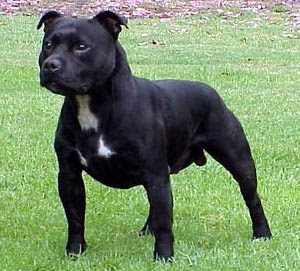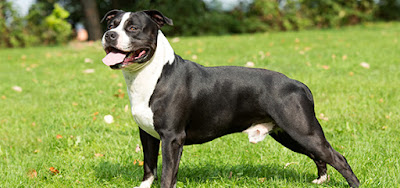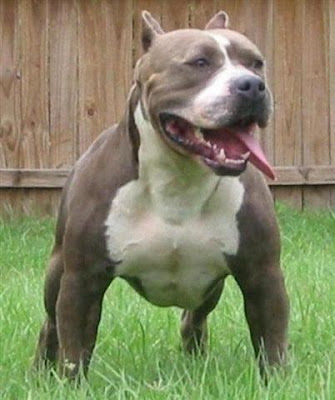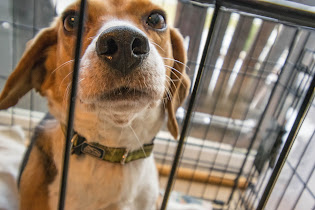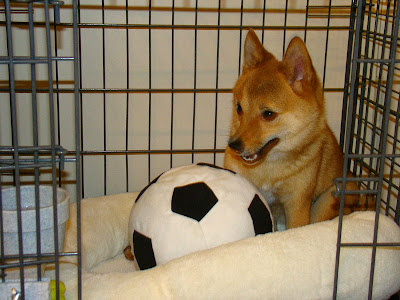Australian Bulldog - The Australian Bulldog is a relatively new breed of dog that was developed in Australia in the 1990s. They are a medium-sized dog with a friendly and loyal disposition, making them a great choice for families and individuals looking for a loyal companion.
History of the Australian Bulldog
The Australian Bulldog was developed in the 1990s by breeders in Australia. The breed was created by crossing the English Bulldog, Bullmastiff, and Boxer to create a dog that was healthier and had a more robust physique.
The goal of the breeders was to create a dog that was loyal, friendly, and had a strong work ethic. They wanted a dog that could be used as a family pet, but also as a working dog in areas such as herding, guarding, and search and rescue.
The breed gained popularity in Australia, and in 2003, the Australian National Kennel Council recognized the Australian Bulldog as a breed.
Characteristics of the Australian Bulldog
The Australian Bulldog is a medium-sized dog that typically weighs between 50 and 70 pounds and stands between 17 and 20 inches tall at the shoulder. They have a broad, muscular body with a short, smooth coat that can come in a range of colors, including white, fawn, brindle, and black.
One of the defining characteristics of the Australian Bulldog is its friendly and loyal disposition. They are known for being excellent family dogs, as they are great with children and other pets.
The breed is also known for its intelligence and work ethic. They are eager to please their owners and are quick learners, making them a great choice for obedience training.
Facts about the Australian Bulldog
The Australian Bulldog is a relatively new breed, having been developed in the 1990s. Despite its young age, the breed has gained popularity in Australia and is starting to gain recognition in other countries.
The breed is known for its friendly and loyal disposition, making it an excellent family pet. They are also known for their intelligence and work ethic, which makes them a great choice for obedience training and other activities.
One of the benefits of the Australian Bulldog is its relatively low-maintenance coat. Their short, smooth coat requires minimal grooming, making them a great choice for people who want a dog that is easy to care for.
Conclusion
The Australian Bulldog is a relatively new breed of dog that was developed in Australia in the 1990s. They are a medium-sized dog with a friendly and loyal disposition, making them a great choice for families and individuals looking for a loyal companion.
The breed is known for its intelligence and work ethic, which makes them a great choice for obedience training and other activities. They are also known for their relatively low-maintenance coat, which requires minimal grooming.
If you are considering adding an Australian Bulldog to your family, it's important to work with a reputable breeder and provide plenty of socialization and training. With proper care and attention, the Australian Bulldog can be a wonderful addition to any home.
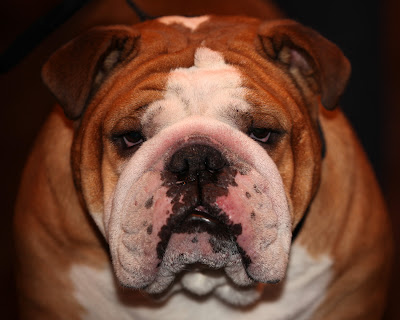


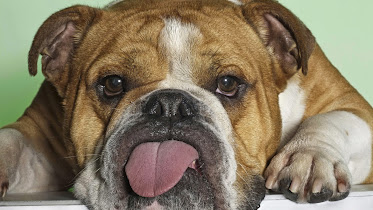
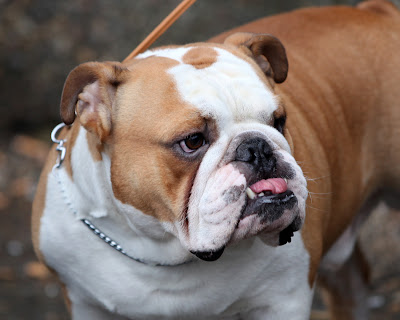
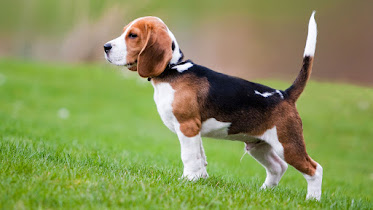
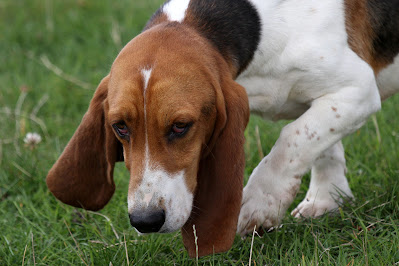
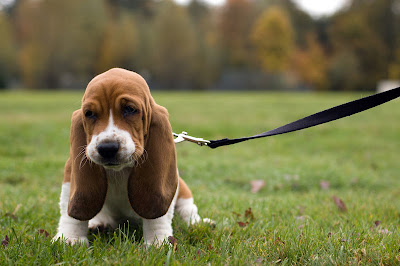
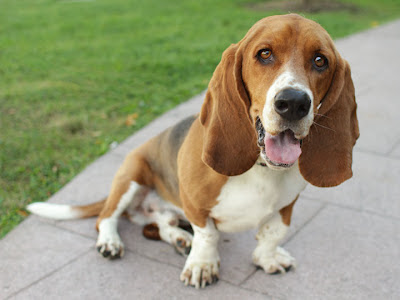

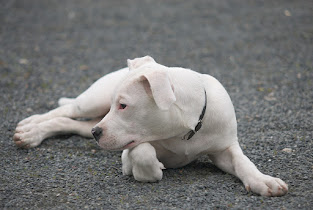

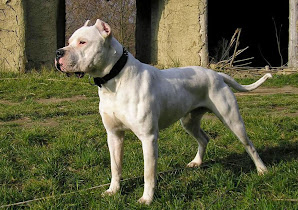

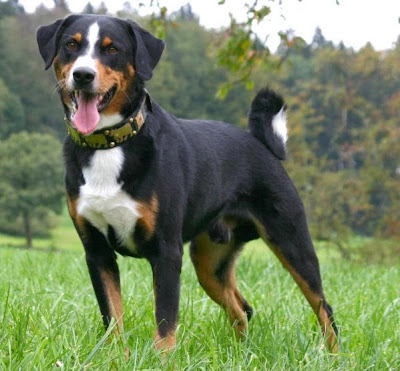

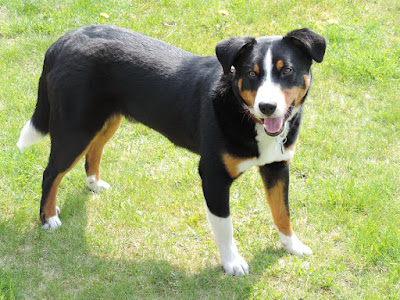


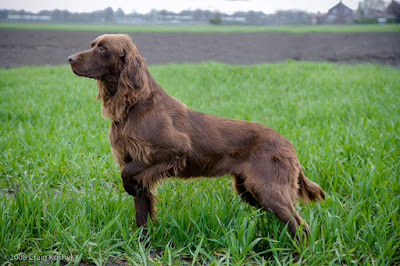
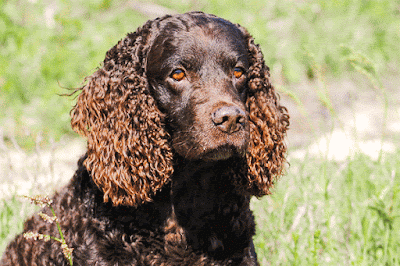

+55.jpg)
